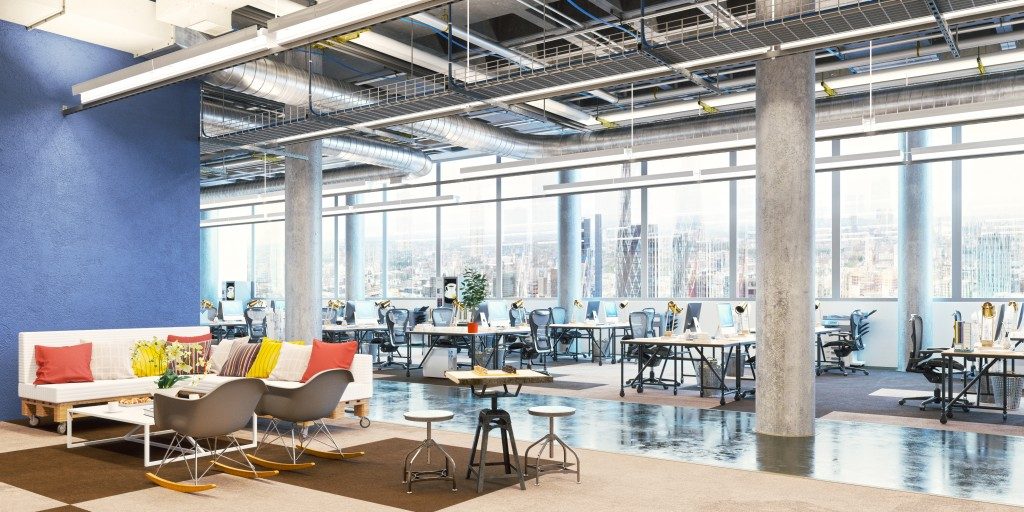The pandemic pushed businesses of all shapes and sizes across all industries to adjust to new restrictions that prioritized the health and safety of citizens. Companies all over the world had to consider measures of downsizing to survive. There have also been industries wherein pivoting business models immensely helped companies not only survive but thrive.
The effects of the pandemic are currently still developing. Innovative solutions arise for adverse impacts to corporations. The post-pandemic business boom is being closely studied in some industries to understand the best practices in navigating this new normal. The new normal also brought with it ever-changing protocols that affected the workforce. Remote work setups became the go-to for companies that wanted to keep their doors open.
Numerous studies have shown that after the initial downturn of productivity in the early days of working from home, we are slowly catching up to previous levels, if not surpassing them despite the new working environment. The conversation of returning to our offices often garners mixed responses. Strategic and problem-solving-focused meetings are still more efficient when done in person.
There’s also a part of management that believes nothing beats working together face-to-face and boosting team morale in person. Returning to the onsite setup in offices also presents challenges in the new normal, though. Old commercial buildings and offices weren’t built to accommodate the restrictive protocols needed to maintain your employee’s safety. Offices have undertaken various renovation efforts to better cater to their workforce.
Flexibility
The return to physical offices won’t happen overnight. Gradually getting employees accustomed to the public spaces and ensuring health and safety protocols to protect employees will be the two main focuses of coming back to the office. Some offices have chosen to adopt a 50/50 ratio of how often employees must be on site. These types of changes will also need to be addressed in the office’s physical setup and structure.
Spaces that can accommodate the total workforce on one day and only 50% on the next will significantly help to smoothen out the process. Available equipment in offices is also another point of flexibility. Personal computers have now transitioned to laptops which employees can take home and bring onsite. Laptops reduce the need for workstation disinfection and keep work-related files organized and easily accessible on one device.
New Locations

Densely populated urban centers for business have now seen lower numbers in their workforce and even their overall population. As the workforce moves to suburban locations, it’s also posed an opportunity for businesses to transition to places with lower rent costs or even establish new buildings. Though the real estate industry has also been adversely affected by the pandemic, it’s had a V-shaped trend. More and more people have started looking for their homes and ditching rent costs.
The time spent indoors has highlighted the importance of our home environment. Open offices with no assigned spaces choose to adjust to make disinfection easier. Those who choose to relocate their headquarters completely, closer to suburban areas, might find themselves ahead of the curve. Though new buildings are an enormous undertaking, it might also be the best move in some cases.
As vaccine rollouts become more robust and construction begins to pick up again, it’s indeed a move to consider. Disinfecting and site-sweeping services are in place to help maintain the site even amid a pandemic.
Technology
Integrating technology into offices is also essential. In relation to the points stated above, s split workforce also requires new technology in the office to have productive meetings. Meeting rooms equipped to accommodate those working from home and those physically present will provide a better workflow. Improved audio and video equipment, screens, and other hardware improvements are among the first to be considered.
Smart technology is also another innovation to help offices and learning environments adapt to virtual meetings. Smart whiteboards allow those at home to view the text on their computer screens to keep up with discussions seamlessly. The new technology available to aid in tracking employee movements in offices also helps in contact tracing needs that might arise.
Like many aspects of life after the pandemic, our offices will also be pushed to adjust to the new normal. Concentrating on the factors stated above has helped companies manage their workforce and navigate the pandemic better. Choosing which avenues to pivot your business practices concerning your offices is an extremely important factor as countries begin to open up again.
